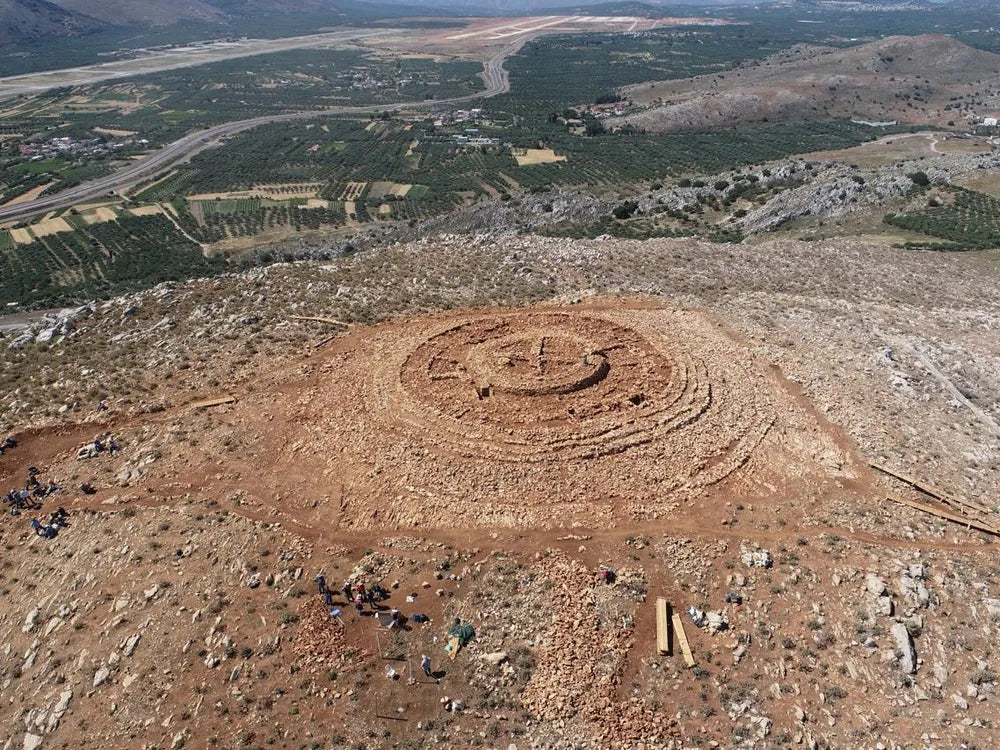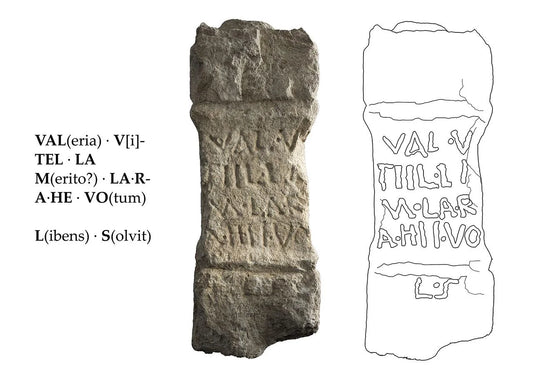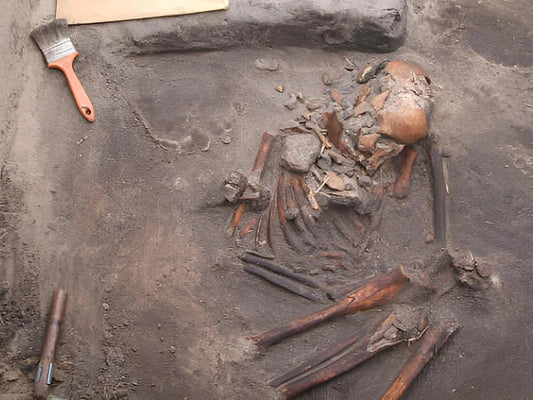
Discovery of 4,000-Year-Old Structure in Greece Stumps Archaeologists and Threatens Major Airport Construction
Share
In a recent groundbreaking find, archaeologists in Crete have unearthed a 4,000-year-old Minoan structure that has both excited and challenged the archaeological community. The discovery was made on a hilltop that is part of a major airport construction project. This ancient structure is one of 35 newly announced archaeological finds in the area, offering a treasure trove of information about the Minoan civilization, one of the earliest advanced societies in Europe.
The Minoan structure is particularly intriguing due to its unique architectural features that set it apart from other known Minoan sites. The excavation has revealed well-preserved walls and artifacts that suggest it might have been used for ceremonial or administrative purposes. The precise function of the building remains a mystery, prompting further investigation and analysis. The find underscores the sophisticated nature of Minoan architecture and their advanced societal structures.
The discovery poses a significant challenge to the ongoing airport construction. Archaeologists and developers are now in discussions to find a solution that balances the need for modern infrastructure with the preservation of invaluable historical heritage. This situation highlights the often complex relationship between development and archaeology, where the demands of contemporary society must be weighed against the imperative to preserve our past.
Takeaway: The unearthing of a 4,000-year-old Minoan structure in Crete serves as a reminder of the rich historical tapestry that lies beneath our feet. This discovery not only adds to our understanding of the Minoan civilization but also emphasizes the importance of integrating archaeological preservation with modern development projects.
Photo Credit - Greek Ministry of Culture













